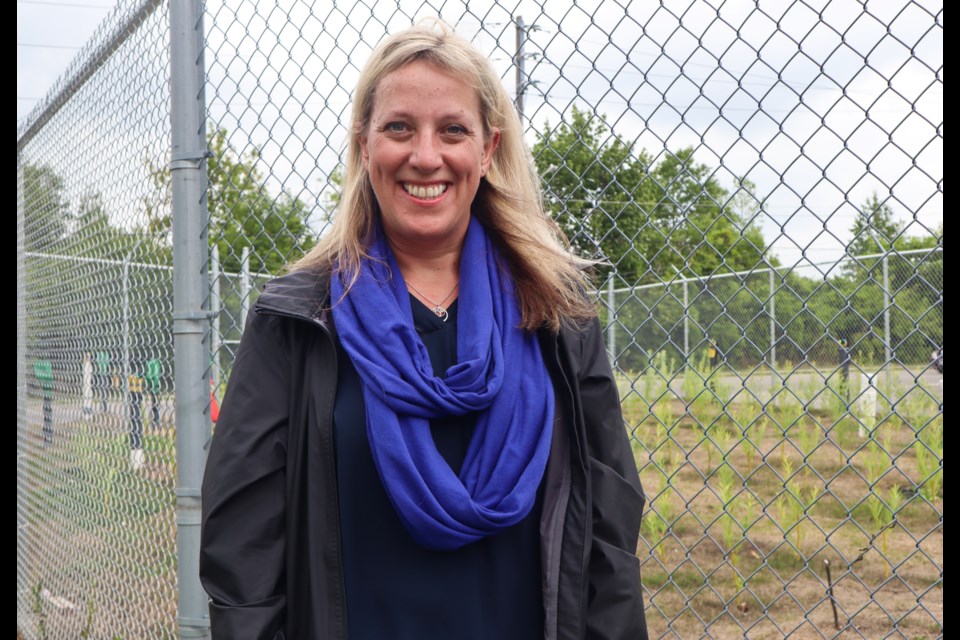They produce oxygen and provide shade, but University of Guelph researchers are looking at how trees are helping to clean up a contamination site.
In a 220 metre squared area at 201 Alice St., researchers from the University of Guelph planted over 200 willow trees above a shallow, fractured bedrock aquifer where a plume of a chemical called toluene had leached into the ground.
Once grown, researchers are hoping to see these willow trees do something called phytoremediation, a process in which trees interact with the soil to produce microbes which help to clean up chemical spills.
Kari Dunfield is a professor in the school of environmental sciences and Research Canada chair of environmental microbiology who is leading the project. She said there are lots of sites like this, but not many in your own backyard.
"There's no risk of human impact, it's a good place to do environmental research," Dunfield said about the site, noting the contamination took place 40 years ago and BP holds environmental liability for the site.
The project began back in 2008 when 51 poplar trees were planted on the site. Initially, researchers planted poplar trees and a process they have called phytoextraction.
"The trees themselves take up contaminants into the tree, and through pulling water, pull it up through their roots and then it goes out into the atmosphere," said Dunfield about how poplar trees perform phytoextraction.
"It's kind of assumed that then the trees will interact with the microbes in the soil and that will stimulate the microbes to start degrading the toluene, but it was just kind of all assumed, so it was those two things they were looking for."
When the poplar trees were taken out in 2020, Dunfield said sap samples taken by scientists at Missouri University of Science and Technology confirmed researchers assumptions on the trees phytoextraction and phytoremediation.
"They actually measured the volume within the sap in the trees, and we could actually see that they were pulling it up and we were able to detect it within the trees themselves," said Dunfield.
"We took little cores from the stems, and because there are little microorganisms living in there, those microorganisms showed have the genes that can degrade toluene, and it showed this cool interaction where the trees are pulling up the contaminant, and there are microbes in the trees themselves that can break it down."
Over the next five years, a team consisting of engineering professor Beth Parker, director of U of G’s G360 Institute for Groundwater Research, and scientists at the University of Waterloo and Missouri University of Science and Technology will continue to monitor the site through taking water measures from multilevel pipes around the site.
Phytoremediation is one of three methods being used on the site to remove the toluene. As a more natural approach, Dunfield adds it was the best option for this location as it sits within a neighbourhood near a major roadway. However, it is not a quick process for removing chemicals and may take over a decade to do.
"As a team, it has to get back to the point where there's no toluene impact, environmental impact on the site," said Dunfield. "We're doing our best to stimulate things to move as quickly as possible."
By using phytoremediation to aid in cleaning up the site, researchers are hoping to use what they have learned at 201 Alice St. to help clean up other contaminated areas. In Canada, there are over 23,000 contaminated sites which are not being utilized.
Last March, a U of G release said the project was awarded $2.355 million from the Natural Sciences and Engineering Research Council (NSERC) Alliance fund. The team was also presented with another $1.775 million from industry partners BP and EcoMetrix Incorporated.



